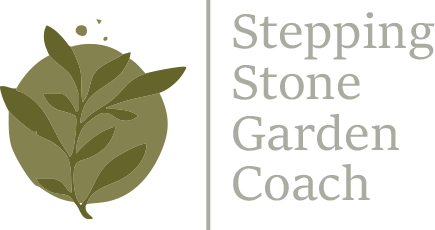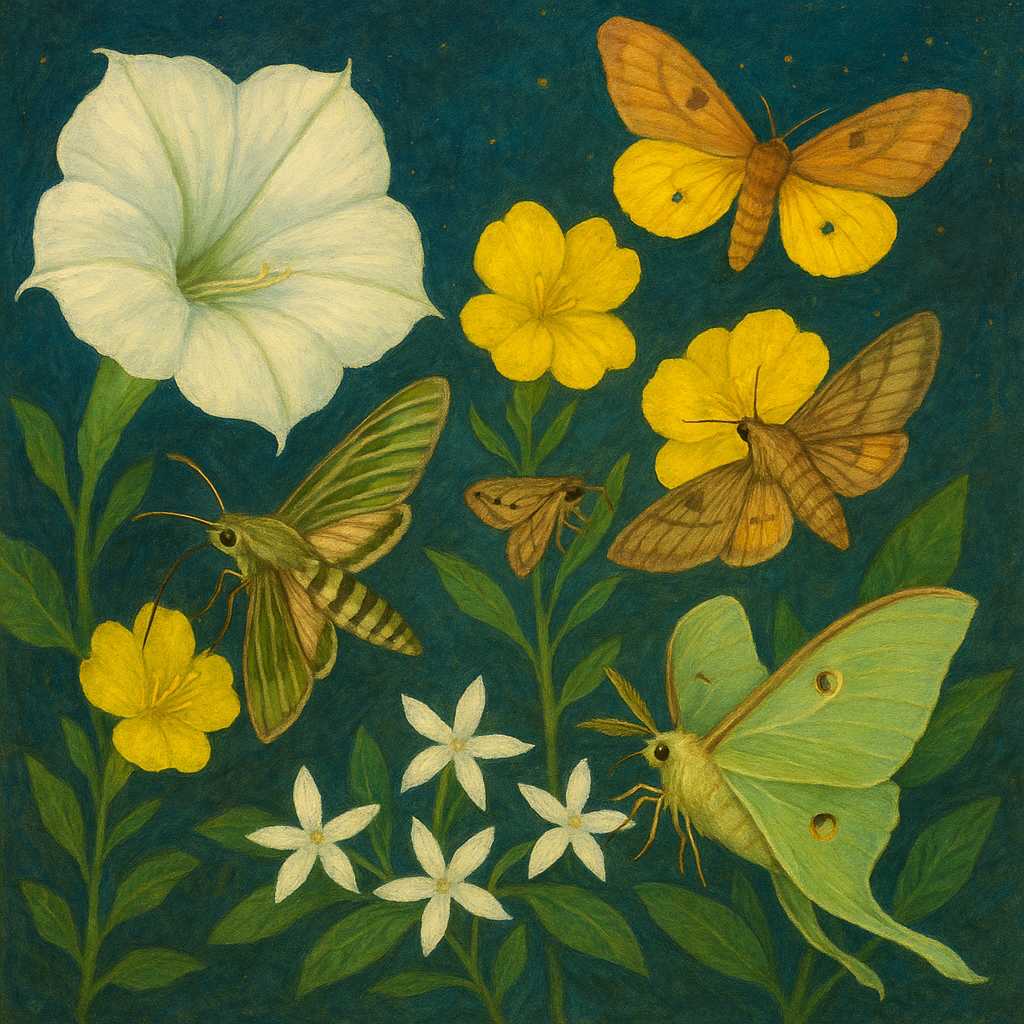(Celebrate National Moth Week, July 19–27!)
Butterflies get all the love, but moths are just as important for pollination—and they’re active when you’re asleep! With National Moth Week starting tomorrow, now’s the perfect time to shine a light (a gentle one!) on these nighttime pollinators. By making a few simple changes, you can help moths thrive in your garden while boosting pollination and supporting Florida’s unique ecosystem.
Why Moths Matter in Your Florida Garden
Nighttime Pollinators: Many Florida moths, like sphinx and hawk moths, pollinate night-blooming flowers, helping vegetables, fruits, and herbs set more fruit.
Wildlife Support: Moths are a food source for birds, bats, frogs, and beneficial insects—keeping your garden balanced.
Biodiversity Heroes: Florida has over 2,500 moth species, many of which depend on native plants for survival.
5 Ways to Make Your Garden Moth-Friendly
1. Plant Night-Blooming Flowers
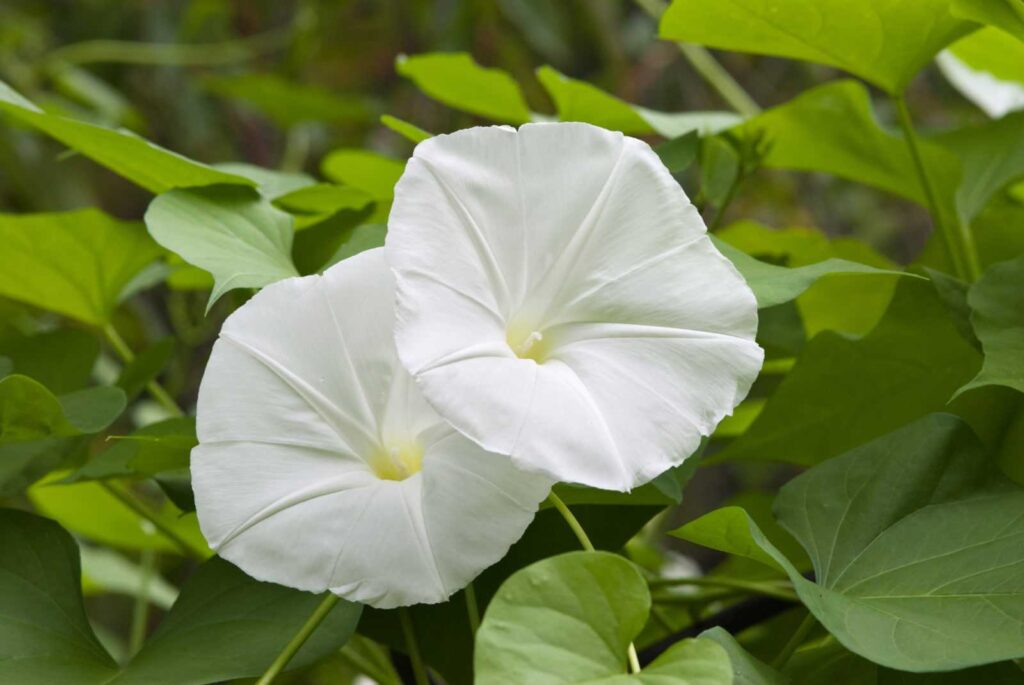
Moonflower (Ipomoea alba) – A favorite of sphinx moths.
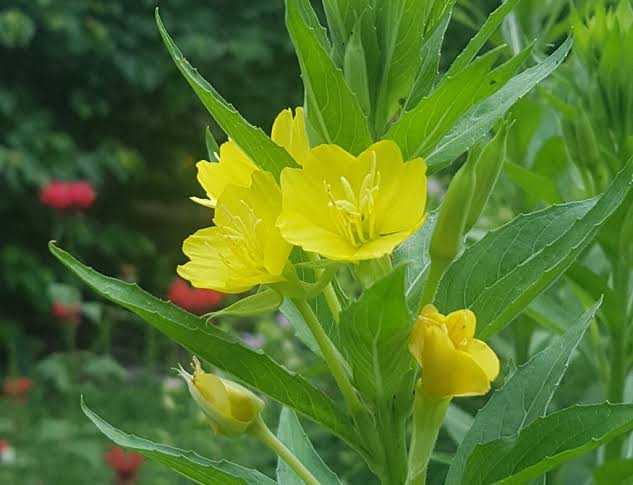
Evening Primrose – Opens at dusk, attracting nectar-loving moths.
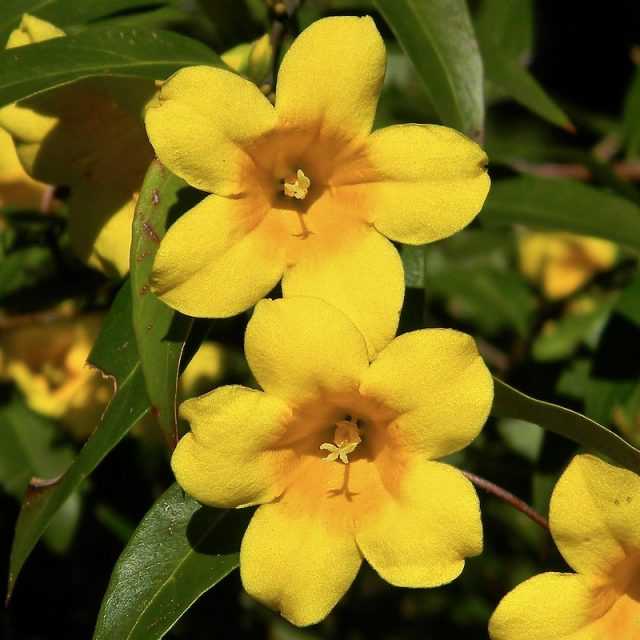
Florida Native Jasmine – Fragrant and irresistible to moths.
2. Grow Moth Caterpillar Host Plants
Moth caterpillars need specific host plants to grow into adult pollinators. Try:
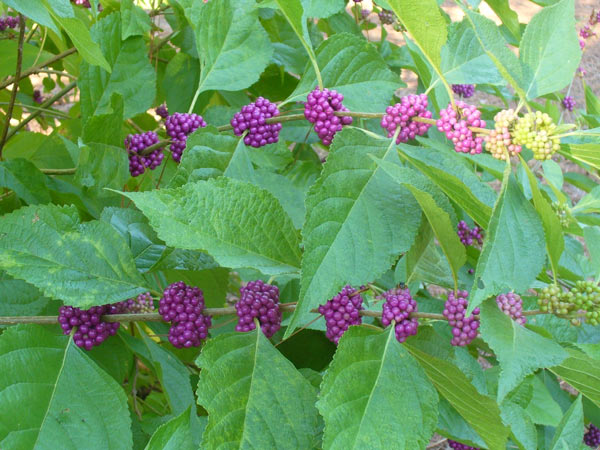
Beautyberry (Callicarpa americana)
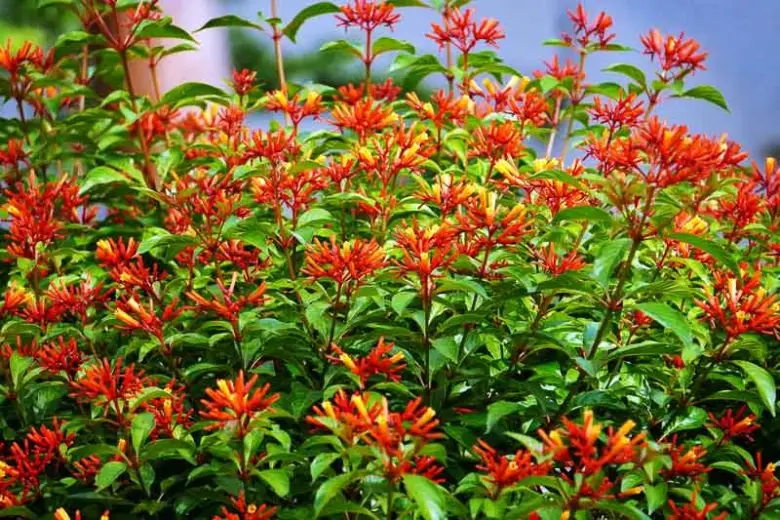
Firebush (Hamelia patens)
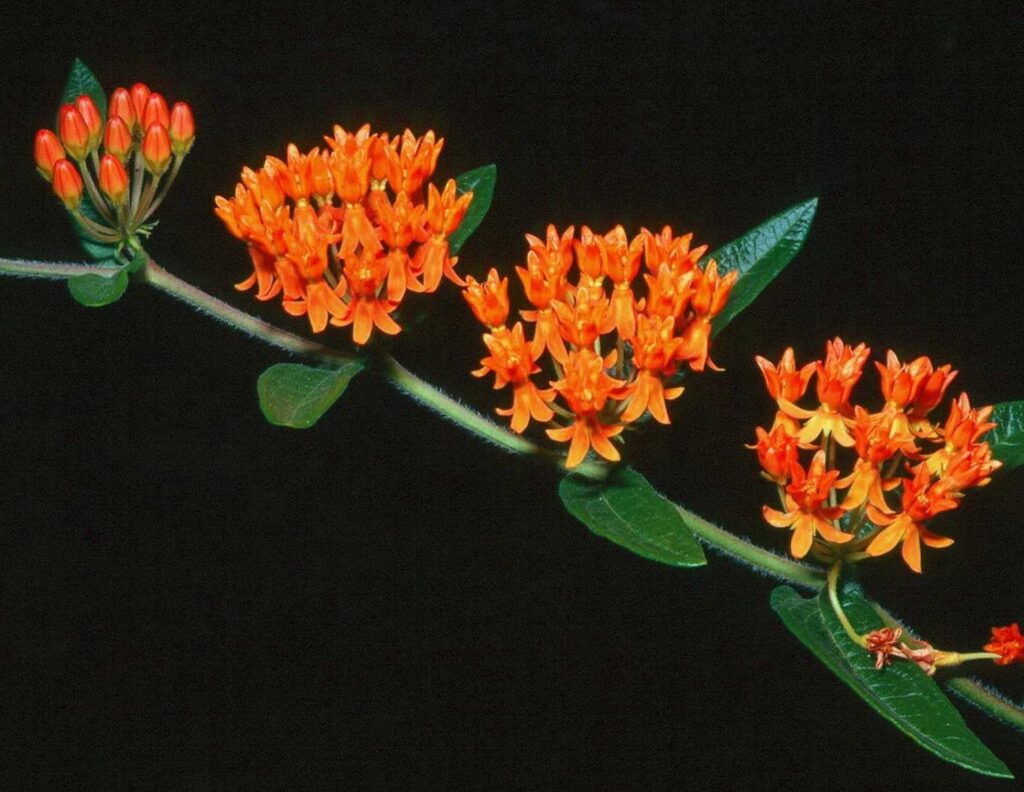
Native Milkweed (for both butterflies and some moth caterpillars)
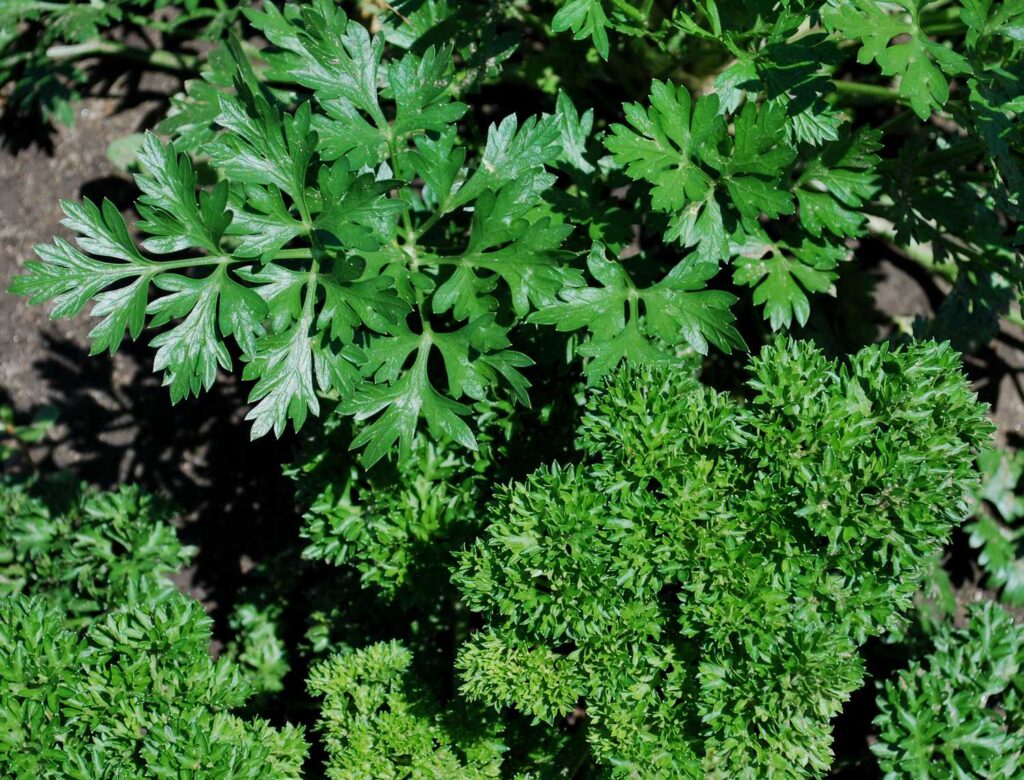
Herbs like dill, fennel, and parsley – host plants for black swallowtail caterpillars, which also benefit some moth species.
3. Go Easy on Outdoor Lighting
Too much light disorients moths. Use yellow “bug lights” or turn outdoor lights off by 10 PM.
4. Leave a Little Wild Space
A small patch of leaf litter or native shrubs gives moths a place to rest during the day and lay eggs.
5. Skip Pesticides When Possible
Even organic sprays can harm moth caterpillars. Hand-pick pests or use companion planting instead.
Florida Moths You Might See This Week
Keep an eye out for these spectacular moths right in your own backyard:
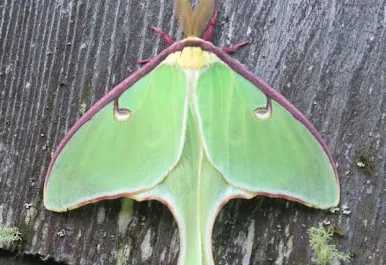
Luna Moth (Actias luna): Large, pale green, and almost magical in appearance.
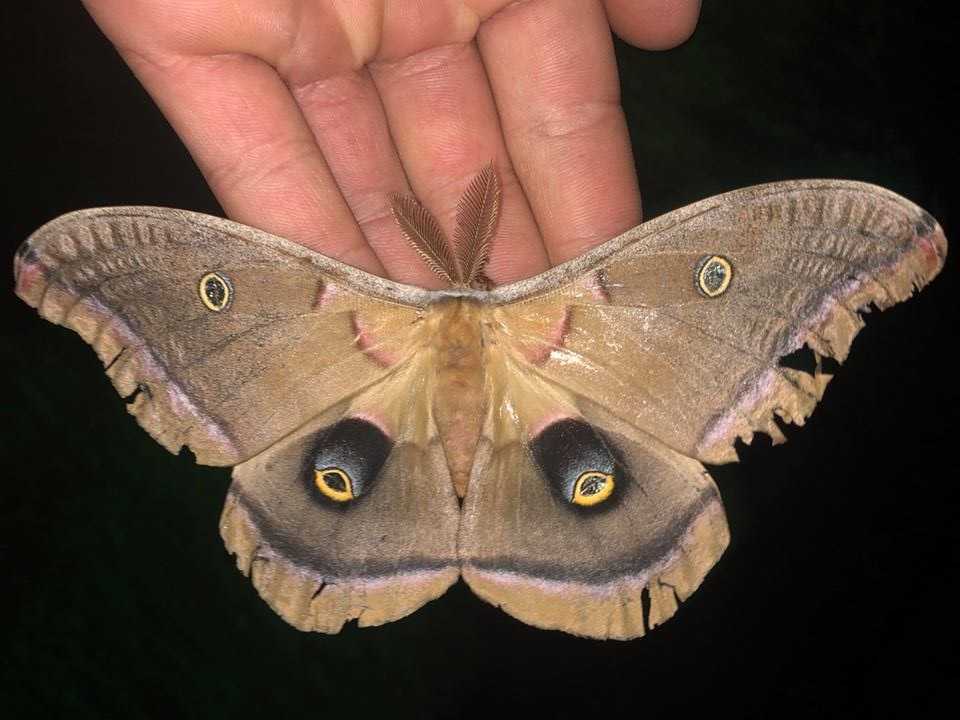
Polyphemus Moth (Antheraea polyphemus): Giant silk moth with stunning eye spots.
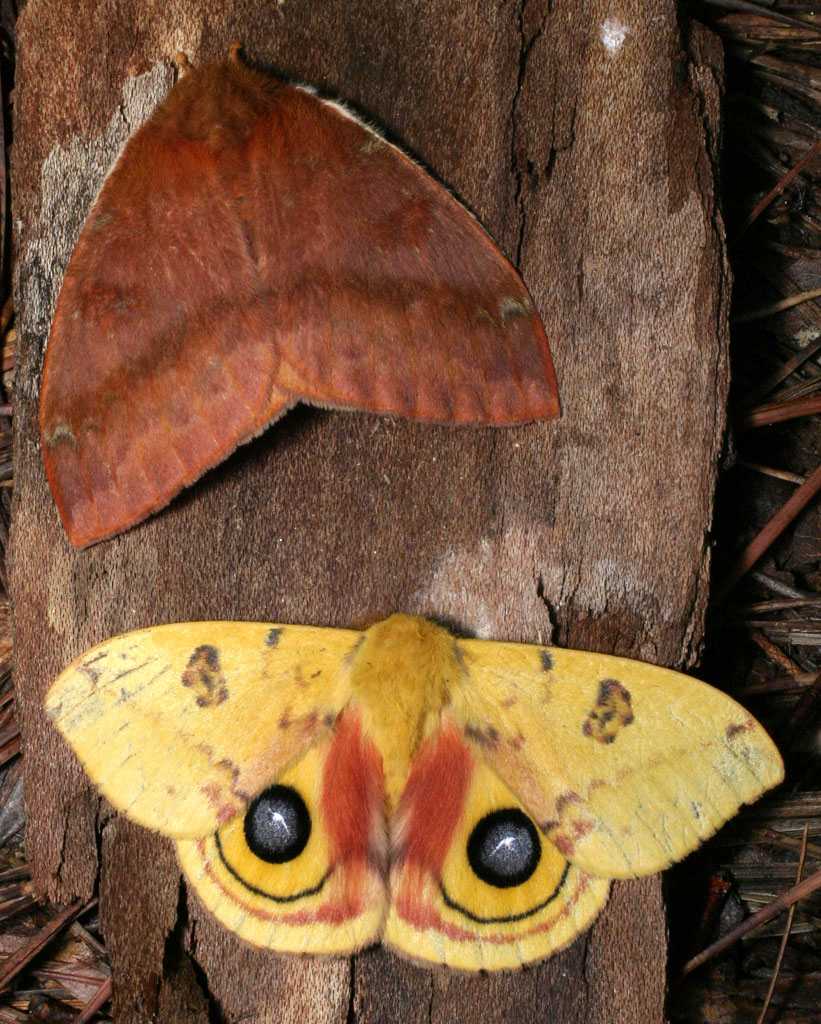
Io Moth (Automeris io): Bright yellow with bold “eye” markings for defense.
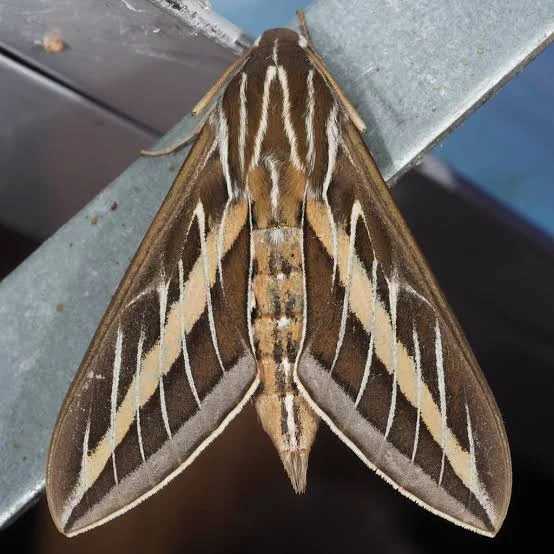
White-lined Sphinx Moth (Hyles lineata): Often mistaken for a hummingbird when hovering at flowers.
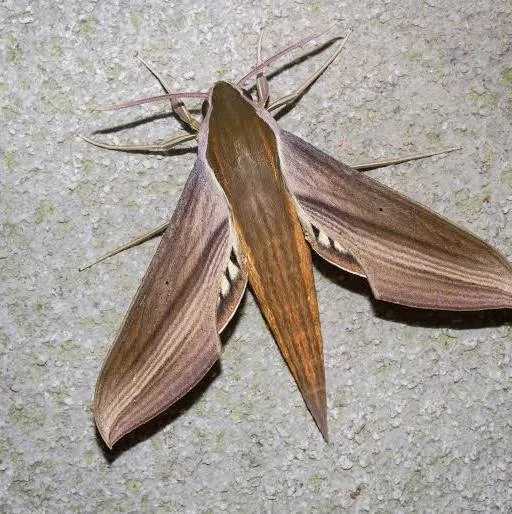
Tersa Sphinx Moth (Xylophanes tersa): Sleek, streamlined wings—loves pentas and firebush.
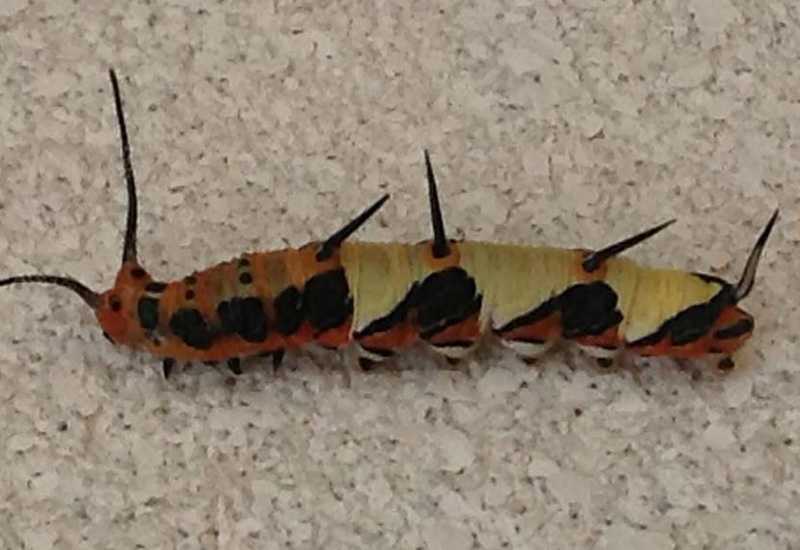
Ruddy Daggerwing Caterpillar Host Moths: Attracted to wild fig and hackberry trees.
Celebrate National Moth Week!
Spend 10 minutes at dusk watching which flowers moths visit.
Hang a white sheet and shine a soft light to attract moths for a closer look.
Share photos on iNaturalist or National Moth Week to help scientists track moth populations.
By inviting these nighttime pollinators into your garden, you’re helping Florida’s unique ecosystem—and you might just be surprised by how many moths show up when you start looking for them.
